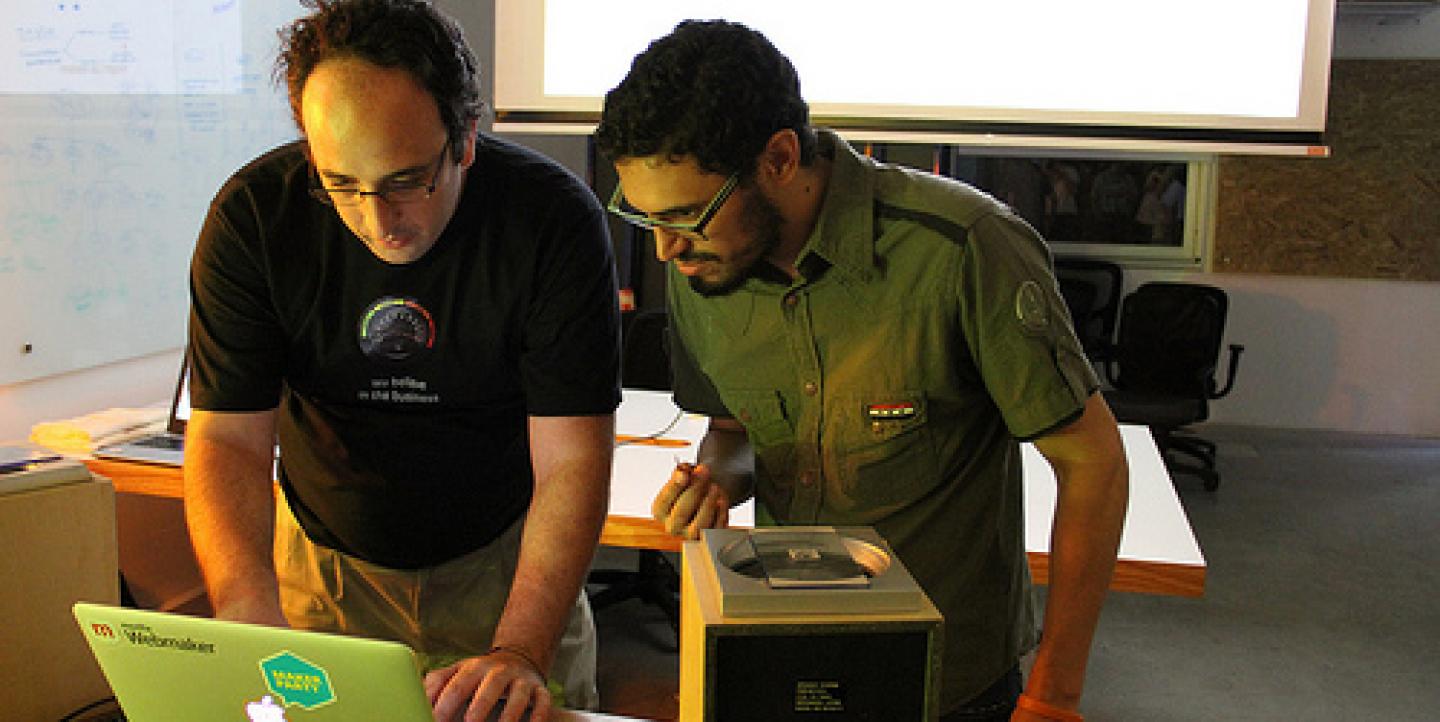Journalism has to become smart. That means journalists have to understand the Internet, which is about understanding data - data about readers, trend data, contextual data, semantic data - all of it with the same goal: finding intelligent ways to approach news, the audience and money.
News media must change their editorial workflows and their relationship with the Internet. If that concept in the United States still belongs to a small handful of digital-native publications, in Latin America we are on the eve of a revolution that may never go through traditional media. Chances are that innovation will happen outside of the big elephants of journalism and that they will end up being sold… or who knows. So consider this piece to be more about what should happen in journalism next year and not so much about what we expect to happen in the region’s traditional media outlets.
This year, we studied a dozen successful media outlets that understood well how to generate traffic and online engagement. Some of their ideas will be implemented in Media Factory, the first news accelerator for Latin America, which will drive the growth of new media outlets in the region. Here are some of the concepts that we found:
-
Predict and detect: Traditional media have tried to predict what readers will find interesting through their own long-term experience. A variety of platforms and technologies can predict those interests more accurately. Newsrooms should integrate these tools into the workflows of editors and journalists to better understand the context in which they move and how to generate traffic.
-
Measurement is king: At least in Latin America, journalists are used to sitting in an office — when we have a job — and writing on the basis of ideas and discussions with colleagues or editors. Once our work is published, we lose interest in it. Outlets better at generating traffic and making decisions are obsessed with metrics: search strategies, pageviews, reading time, sharing trends. Understanding our proper audience will be disruptive at a time when the media has mostly left demographic analysis to social networks.
-
Always be a startup: It’s necessary for editors to be willing to change their workflow, their subjects and the way they approach the product — to integrate software developers and design into content production. A new generation of journalists/developers is arriving, learning to use data to make decisions that can improve the quality of content, and understanding that creating content is an investment.
-
Augment reality: Set up the newsroom in a way that the content management systems can communicate with the outside world — or other internal worlds — to increase the reality of journalistic content, through tools like semantic data, geolocation, automated data extraction, direct access to photographic services and new digital sources detection.
- Add value: The work of interactive journalism enables value-added editorial content and establishes a relationship with readers that has generated systematic increases in traffic and credibility.
This post was originally published on Nieman Journalism Lab as part of its year-end series, Predictions of Journalism 2014. It is published on IJNet with permission.
Knight International Journalism Fellow Mariano Blejman is an editor and media entrepreneur specializing in data-driven journalism.
Image of Mariano Blejman (left) and Marcos Vanetta (right) CC-licensed on Flickr via Ramiro Chanes.

